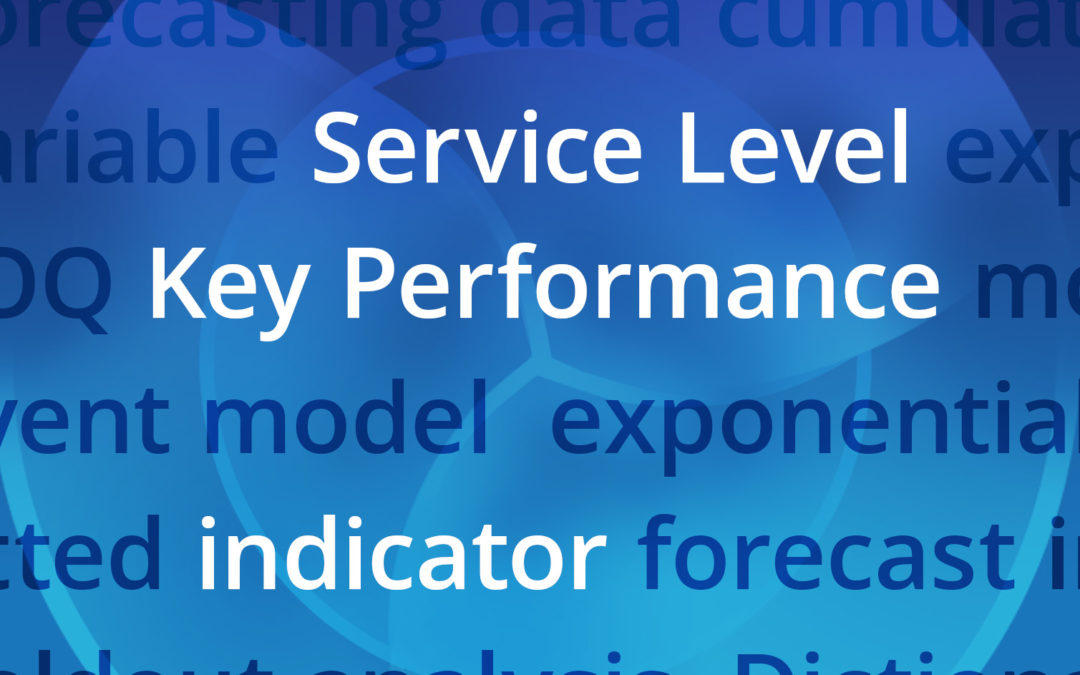Inventory managers have the problem of handling tens or even hundreds of thousands of products, each with unique properties, demanding sophisticated and time-consuming calculations. The proactive management of big inventories becomes unfeasible in the absence of a systematic approach and effective analytic tools.
Without inventory optimization, businesses run the risk of overpaying and underperforming. Manufacturers, distributors, and MRO inventory managers frequently err on the side of caution when setting stocking levels to prevent expensive shortages. Establishing the ideal stock levels for manufacturers, distributors, and MRO should be a science, not an art.
Learn industry best practices on how to optimize inventory to save on costs, meet demand, and streamline your supply chain below.

How to Tell You Don’t Really Have an Inventory Planning and Forecasting Policy
You can’t properly manage your inventory levels, let alone optimize them, if you don’t have a handle on exactly how demand forecasts and stocking parameters (such as Min/Max, safety stocks, and reorder points, and order quantities) are determined. Many organizations cannot specify how policy inputs are calculated or identify situations calling for management overrides to the policy. If you have these problems, you may be wasting hundreds of thousands to millions of dollars each year in unnecessary shortage costs, holding costs, and ordering costs.

Infrequent Updates to Inventory Planning Parameters Costs Time, Money, and Hurts Service
Inventory planning parameters such as safety stock levels, reorder points, Min/Max settings, lead times, order quantities, and DDMRP buffers directly impact inventory spending and ability to meet customer demand. Ensuring that these inputs are optimized regularly will dramatically improve customer service levels and will reduce the amount of unnecessary inventory spending.

Undershoot is Sabotaging your Service Level!
Undershoot means that the lead time begins not at the reorder point but below it. Undershoot happens every time the demand that breached the reorder point took the stock down below (not down to) the reorder point. Undershoot picks your pocket before you even begin to roll the dice. It deludes the inventory professional into thinking his or her reorder points are sufficient to achieve their targets, whereas actual performance will not make the grade.

The Real Culprits of Stockouts and Excess
Service level and fill rate are two important metrics for measuring how effectively customer demand is satisfied. These terms are often confused and understanding the differences can help improve your inventory planning process. This video blog (Vlog) helps illustrate the difference with a simple example using Excel

Service Level vs Fill Rate
Service level and fill rate are two important metrics for measuring how effectively customer demand is satisfied. These terms are often confused and understanding the differences can help improve your inventory planning process. This video blog (Vlog) helps illustrate the difference with a simple example using Excel

Excess Inventory Hurts Customer Service!
Many companies adopt a “customer first, better to have the inventory and not need it” approach to inventory planning. While well intentioned, this approach often ignores the role that diminishing returns and opportunity costs play in inventory management impacting the organizations ability to quickly respond to demand.
Problem
Keeping inventory investments in check while maintaining high customer service levels is a constant balancing act. Without proper controls, excess inventory grows throughout your supply chain, locking up vital working capital that constrains your company’s growth. Every day, the ERP system makes purchase order suggestions and manufacturing orders based on planning drivers such as safety stock, reorder points, and Min/Max levels. Ensuring that these inputs are understood and continually optimized will generate substantially better returns on your inventory assets. Unfortunately, many organizations rely on rule of thumb logic, institutional knowledge, and “one-size-fits all” forecasting logic that assigns all items within a particular group the same service level target. These approaches yield suboptimal policies that cause inventory costs to balloon and service performance to suffer. Compounding the problem is the sheer volume of data – thousands of items stocked at multiple locations means planners don’t have the bandwidth to proactively review these inventory drivers on a regular basis. This results in outdated reorder points, safety stocks, order quantities, and Min/Max settings that further contribute to the problem.
Solution
Smart Inventory Optimization (SIO™) is available on Smart’s Inventory Planning and Optimization Platform, Smart IP&O. It delivers inventory policy decision support and the means to share, collaborate, and track the impact of your inventory planning policy. This can help realize millions in savings by improving customer service and reducing excess stock. You can forecast metrics such as service level, fill rate, holding costs, ordering costs, and stock out costs. Users can identify overstocks and understocks, adjust stocking policies when demand changes, share proposed policies with other stakeholders, collect feedback, and establish a consensus inventory plan. And unlike traditional inventory planning systems that rely on rule of thumb approaches or require the user to arbitrarily set suboptimal service level targets, Smart Inventory Optimization prescribes the optimal service levels for you. Users can optionally assign service level constraints to ensure the optimization engine respects business rules. SIO provides the required inventory planning parameters for a variety of replenishment policies such as Reorder Point/Order Quantity, Min/Max, Safety Stock Planning, and Order Up to levels.
Register to Watch the Demo
With Smart Inventory Optimization you can:
- Identify where you are overstocked and understocked.
- Modify planning parameters based on your business rules, service targets, and inventory budget.
- Leverage the optimization logic in SIO to prescribe planning parameters and service levels for you.
- Compare proposed policies to the benchmark.
- Collaborate and develop a consensus inventory plan.
- Automatically generate revised planning parameters as demand and other inputs change.
Smart Inventory Optimization

Optimal Inventory Levels
Reduce excess stock
Improve service levels
Minimize buyer transactions
Maximize return on assets

Organizational Consensus
Balance service levels
Identify stockout risk
Identify overstocks
No finger-pointing

Operational Connectivity
Align process with strategic objectives
Empower team to “make it so”
Optimize as conditions change
Pass results to ERP
Who is Inventory Optimization for?
Smart Inventory Optimization is for executives and business savvy planners who seek to:
- Yield maximum returns from inventory assets.
- Address the problem of highly variable or intermittent demand.
- Broker the service vs. cost tradeoffs between different departments.
- Develop a repeatable and efficient inventory planning process.
- Empower the team to ensure operational plan is aligned with strategic plan.
What questions can Inventory Optimization answer?
- What is the best service level achievable with the inventory budget?
- What service levels will yield the maximum return?
- If lead times increased, what would it cost to maintain service?
- If I reduce inventory, what will the impact on service be?
- If order quantity increases, what will the impact on service and costs be?
- What is the order quantity that balances holding and ordering costs?
Inventory forecasting for the inventory executive
Smart Inventory Optimization empowers you to:
- Predict service performance and inventory costs.
- Assess business impact of “what-if” inventory policies.
- Align inventory policy with corporate strategy.
- Establish an operational framework that guides the planning team.
- Reduce inventory and improve service.









